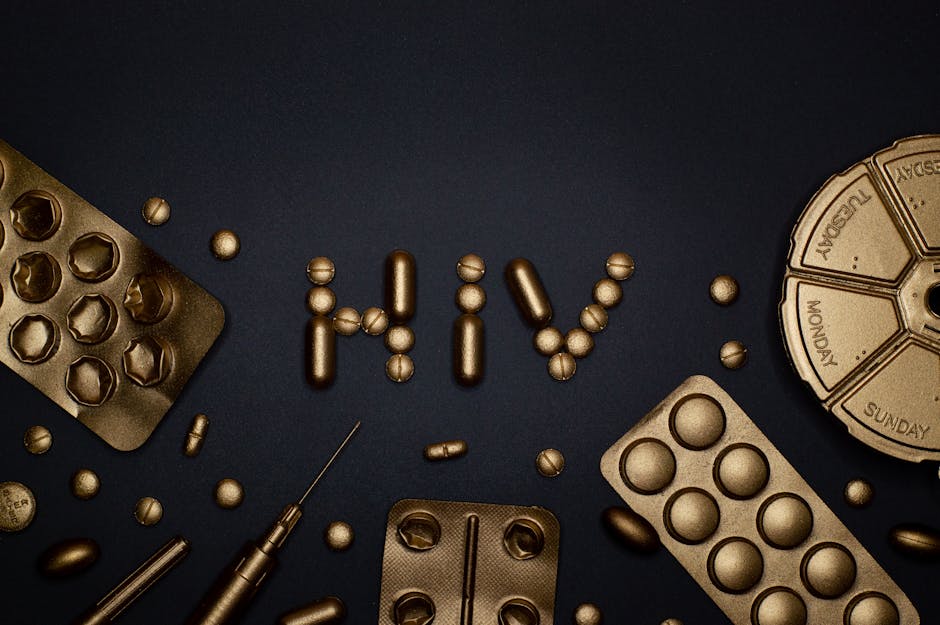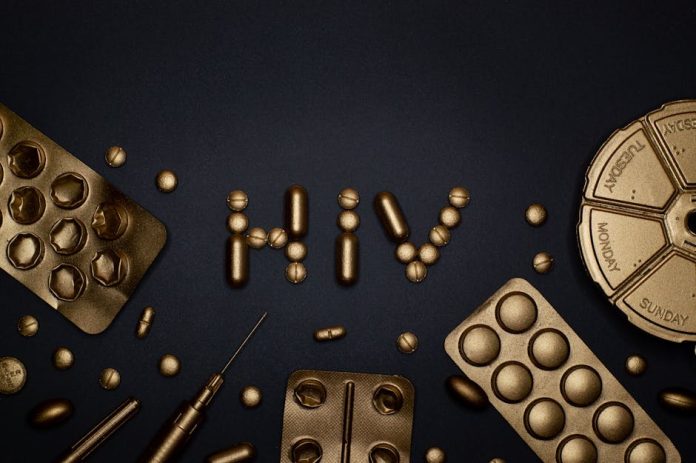
For decades, HIV has cast a long shadow, impacting millions of lives and fueling a relentless search for a cure. While advancements in treatment have transformed HIV from a death sentence to a manageable condition, the dream of complete eradication through a vaccine has remained elusive. Now, researchers at MIT are making headlines with a potential breakthrough: a single-shot HIV vaccine that could rewrite the future of the fight against this devastating virus.
The Science Behind the Shot: A New Approach
MIT’s approach is revolutionary. Instead of the traditional methods of vaccine development, which often struggle to stimulate a broad and durable immune response against the rapidly mutating HIV virus, this new vaccine focuses on training the body’s immune system to recognize and neutralize a wide range of HIV strains. The key lies in a novel delivery system and innovative antigen design, designed to elicit potent and long-lasting immunity.
The vaccine utilizes mRNA technology, similar to the successful COVID-19 vaccines, but with a critical twist. It encodes for a special set of broadly neutralizing antibodies (bnAbs), which are capable of targeting and disarming multiple HIV variants. This allows the body to fight against multiple strains, unlike previous vaccines. The team is using a new system to make the immune system more effective at clearing the virus.
Early Results: Promising Signs in Animal Studies
While the vaccine is still in its early stages, the initial results from animal studies are incredibly encouraging. The vaccine has shown the ability to stimulate the production of bnAbs and effectively control the virus in animal models. These findings have fueled optimism and are paving the way for human clinical trials, which are expected to begin in the near future.
The Potential Impact: A Future Free from HIV?
The implications of a successful one-shot HIV vaccine are profound. It could eliminate the need for daily medication, prevent new infections, and offer a pathway to eradicating HIV globally. This would have an enormous impact on public health, reducing the burden on healthcare systems and improving the lives of millions around the world.
Challenges and the Road Ahead
Despite the excitement, it’s important to acknowledge that significant challenges remain. The transition from animal studies to human trials requires careful planning and thorough testing. The vaccine’s effectiveness in humans, its long-term durability, and its safety profile are all crucial factors that need to be evaluated. However, MIT’s research represents a significant step forward, offering a glimmer of hope in the ongoing fight against HIV.
As the scientific community eagerly awaits the results of human trials, one thing is certain: MIT’s bold vaccine breakthrough has the potential to revolutionize the treatment and prevention of HIV, bringing us closer to a future where HIV is no longer a threat.

